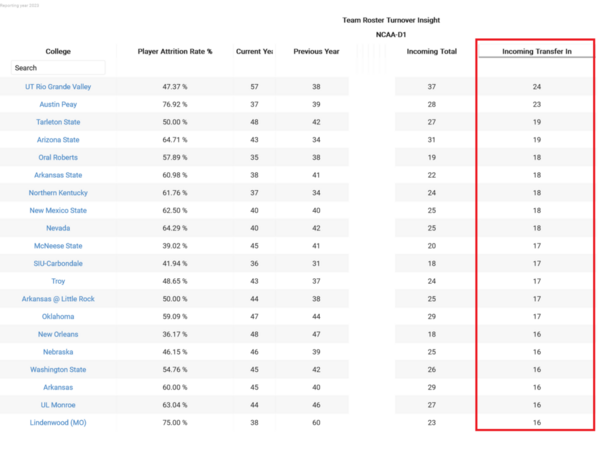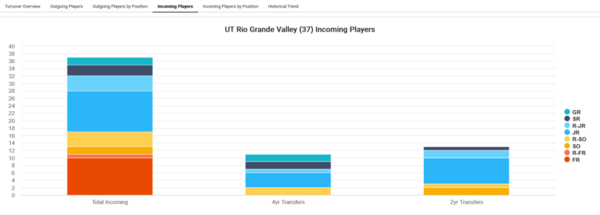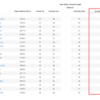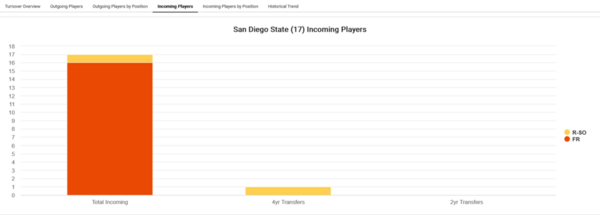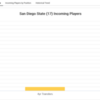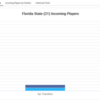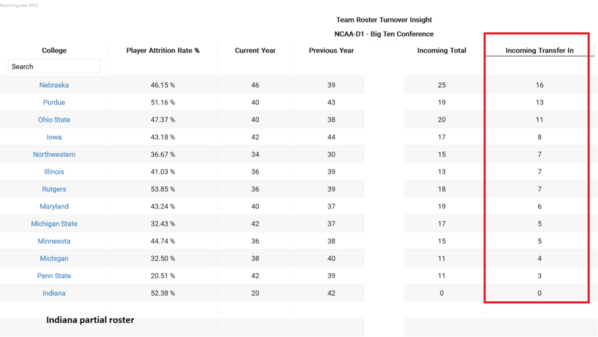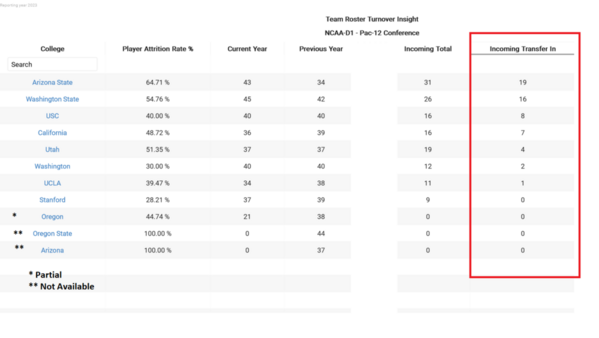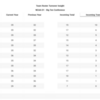From someone who has been in recruiting mode since 2018 my short answer is:
If you are a seller, it's a harder sale.
If you are a buyer, no change.
Covid caused many athletes to rethink their priorities.
2022s had it the worst.
Slightly longer version:
The covid impact is winding down and should be completely flushed by 2025, so today's HS sophomores and younger won't see much effect, if any.
The ability to transfer without waiting is longer-lasting and more impactful in my view: all programs can now be seen as the P5 minor leagues in some respect, resulting in a higher hurdle for incoming P5 freshman looking to make an impact.
For baseball specifically and P5 mostly, there is also a headwind from the reduced number of draft rounds. This is also longer-lasting than covid.
Having a 2024 son in the recruiting process now, I only have a post Covid perspective to share. I agree with you, that for a 2024 player, Covid is less of an issue than the free transfer portal. I sat among a group of about ten parents as a P5 coach was giving us a speech about recruiting while they had a prospect camp taking place. In his discussion, the topic of transfer portal was brought up and he gave us a very honest answer. He basically told us that the transfer portal absolutely hurts your kids chances of getting an offer at their program and it is a trickle down effect throughout College baseball at all levels.
He told us to look at things from his perspective. He can sign a high school 2024 pitcher that has a ton of potential and very projectable, but the kid is going to enroll as a freshman and will be an 18 year old kid with a lot of work and growth necessary to really impact their program. On the other hand, he can persuade someone that caught his eye this past season in a midweek game to transfer to their program and they will enter as a 20 year old man with two or more years of D1 experience.
He also spoke of the trickle down effect from the P5 program decisions. The players that the P5 pass on in order to use the transfer portal, now fall to a Mid-major program, and pushes those players that they would have signed to D2 etc... etc.... He also brought up the issue of high school players not just competing with their piers for roster spots, but also all of the players in the transfer portal. So, a kid that is a Jr. in High school that would normally be a mid to low level D1 prospect may not get that offer because the Mid to Low level D1 team is going to take the guy that is leaving the P5 program due to lack of playing time.
Ultimately, it is more difficult for high school players to get College offers today than in years past.

